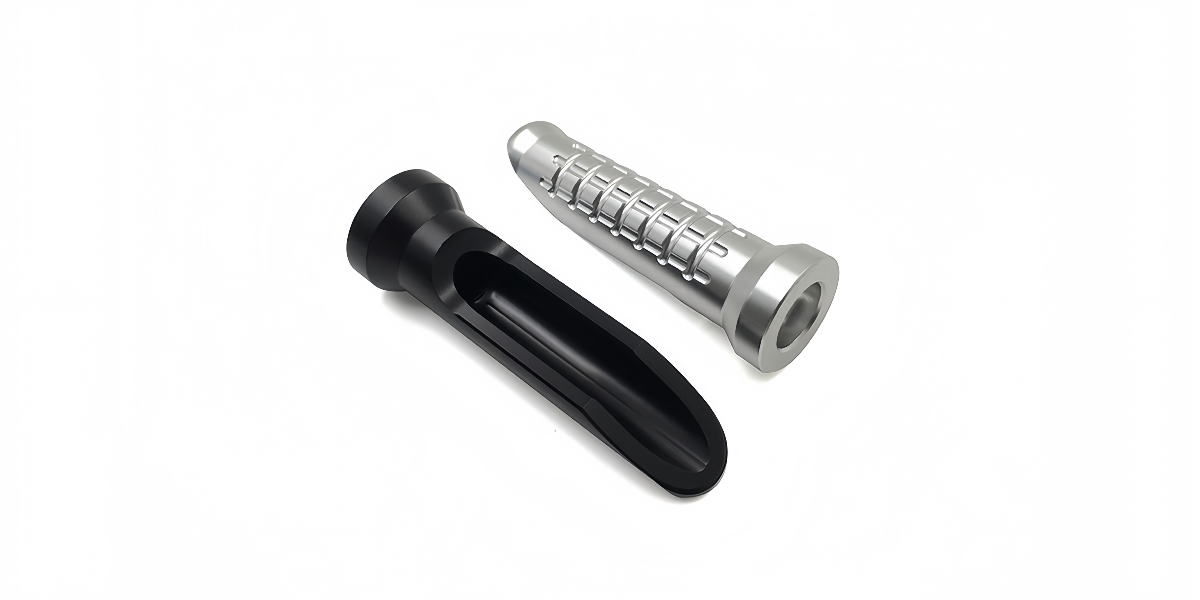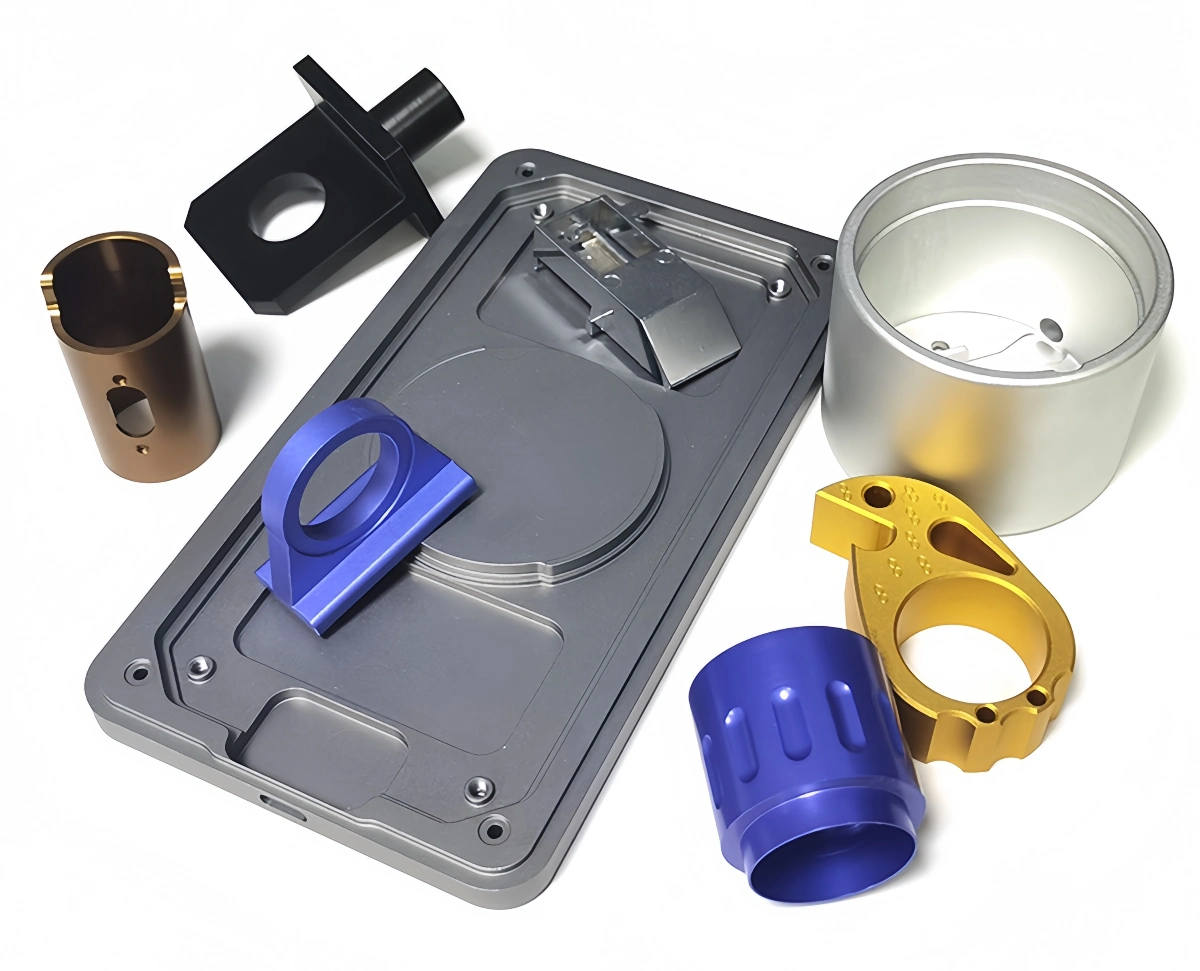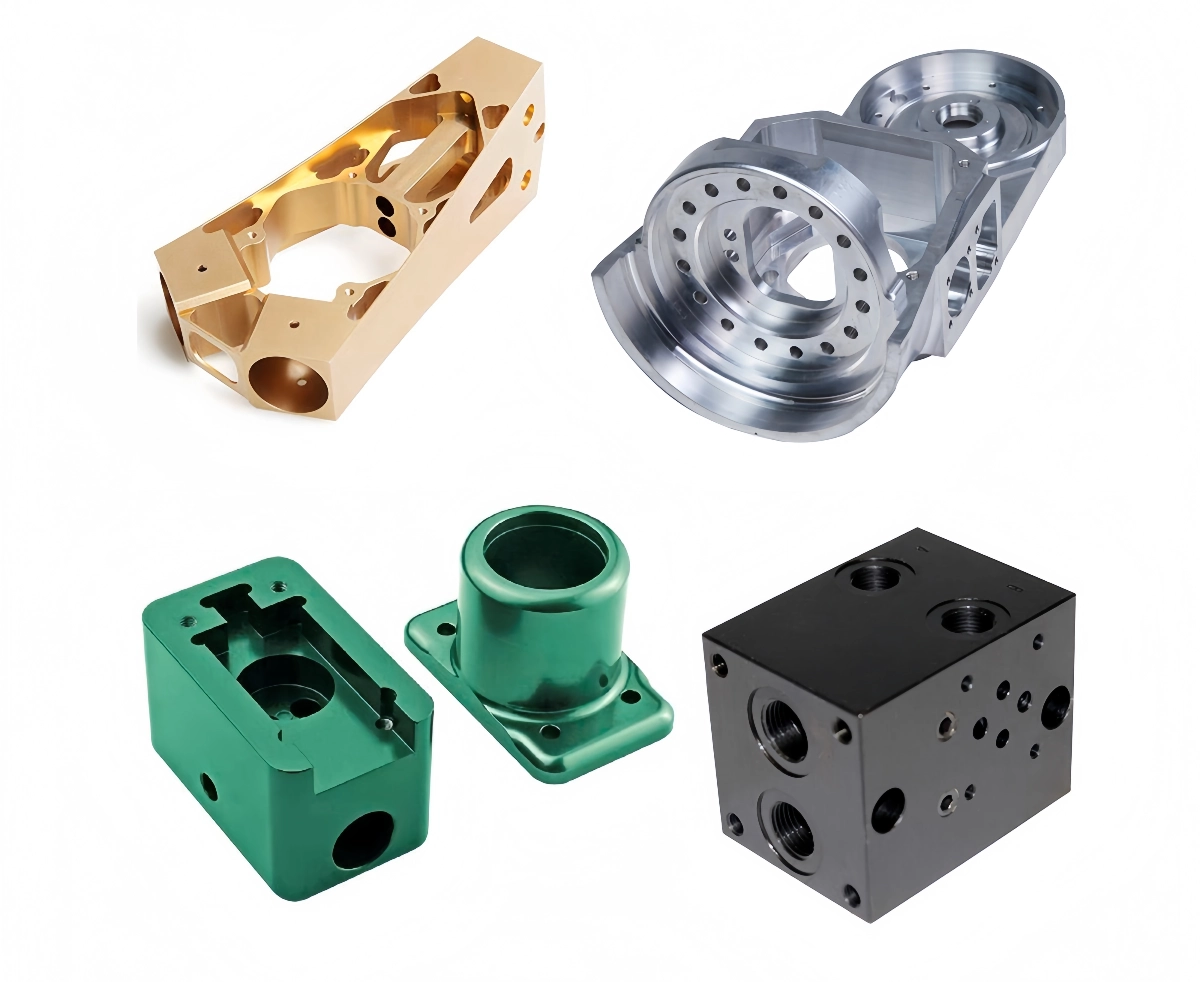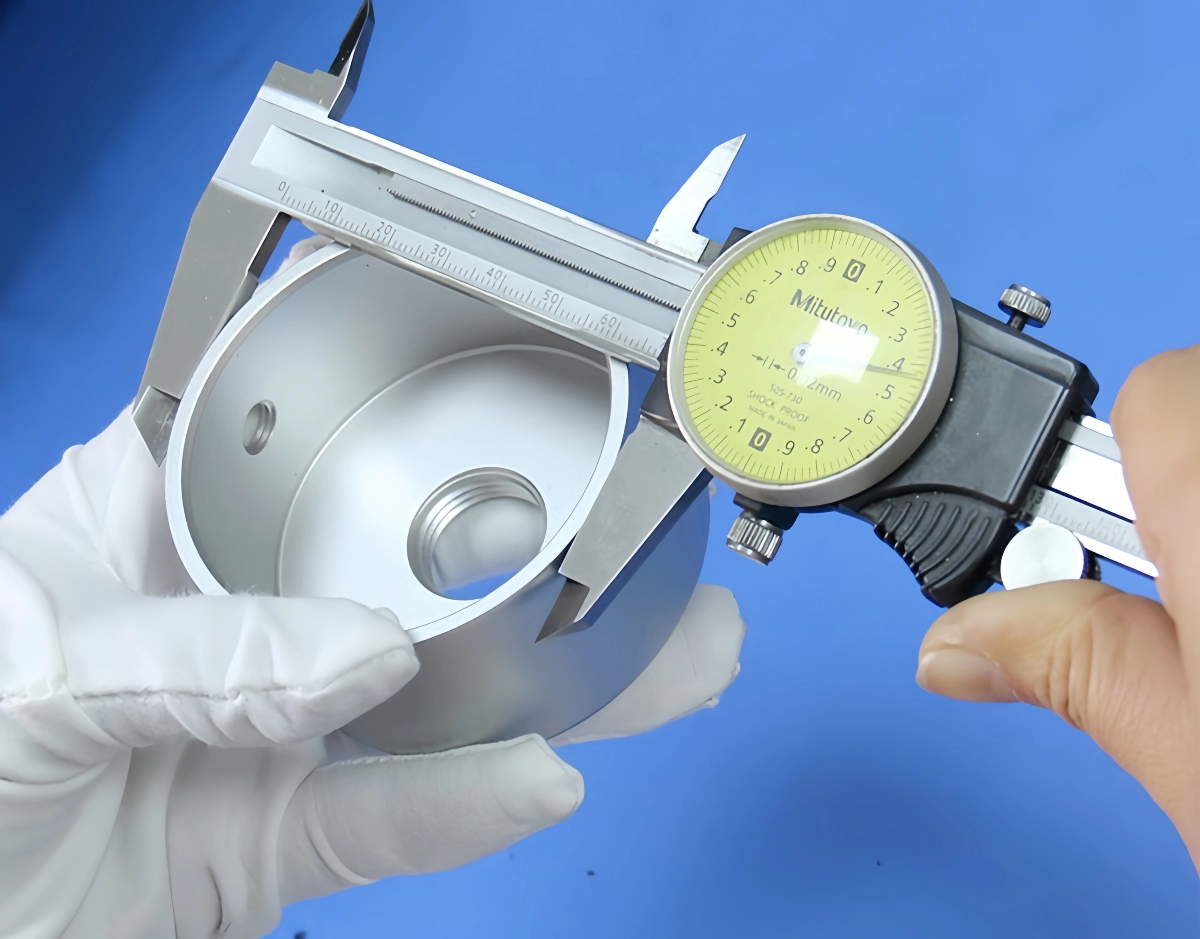Dirección
304 North Cardinal
Dorchester Center, MA 02124
Horas de trabajo
De lunes a viernes: de 7.00 a 19.00 horas
Fin de semana: 10.00 A 17.00 HORAS
Dirección
304 North Cardinal
Dorchester Center, MA 02124
Horas de trabajo
De lunes a viernes: de 7.00 a 19.00 horas
Fin de semana: 10.00 A 17.00 HORAS

Struggling with inconsistent part quality or communication breakdowns with suppliers? I know how frustrating delays and spec issues can be. That’s why getting the manufacturing process right, especially reliable aluminum parts CNC machining, is absolutely critical for your success.
Reliable aluminum parts CNC machining is absolutely essential because it delivers unparalleled precision and complex geometries quickly and cost-effectively. For my business, ALUT, it’s the cornerstone for producing high-quality, custom aluminum components that meet the strict requirements of clients in demanding sectors like electronics and industrial machinery.
But understanding why it’s essential is just the start. Let’s dive deeper into what this process really involves and how you can leverage it effectively for your projects. We’ll break down the specifics, starting with the basics.
Confused by technical jargon around manufacturing? Maybe you’ve heard ‘CNC’ but aren’t sure how it applies to aluminum. I get it; clarity is crucial when specifying parts.
Essentially, aluminum parts CNC machining is a computer-controlled subtractive manufacturing process. I use specialized machines that follow precise digital instructions (G-code) to remove material from a solid block of aluminum, shaping it into the final desired part with high accuracy.
Let’s break down “aluminum parts CNC machining” further. CNC stands for Computer Numerical Control. Think of it like a highly sophisticated robot following a very detailed map. “Machining” simply means shaping material by cutting, drilling, grinding, or other removal processes. So, when we talk about aluminum parts CNC machining, we’re talking about using computer-controlled machines to precisely cut away aluminum material to create a specific part design.
This is a subtractive process. That means we start with more material (like a solid block or bar of aluminum) and remove what we don’t need. This is different from additive processes (like 3D printing) where material is added layer by layer.
From my perspective, running ALUT, the typical workflow for aluminum parts CNC machining looks something like this:
We use various CNC machines for aluminum parts CNC machining, depending on the part’s complexity:
Understanding this process helps you communicate your needs more effectively with suppliers like us.
Facing pressure to reduce weight without sacrificing strength? Or maybe you need parts fast? I often hear clients asking for the best material and process balance.
I strongly recommend choosing the aluminum parts CNC machining process for its fantastic strength-to-weight ratio, excellent machinability, and natural corrosion resistance. My team leverages these benefits daily to produce durable yet lightweight components quickly, offering great design flexibility for our clients.

Let’s dig into the specific reasons why aluminum parts CNC machining is often the go-to choice for my clients, especially purchasing managers and product managers in the US and Europe.
At ALUT, we machine aluminum constantly, and these are the benefits that stand out:
I know that purchasing managers value suppliers who understand their core needs: quality, reliability, and efficient project management. The benefits of aluminum parts CNC machining directly support these needs:
While aluminum parts CNC machining offers many advantages, cost is always a factor. The initial tooling cost is generally low compared to processes like die casting, making CNC ideal for prototypes and low-to-medium volume production runs. For very high volumes (tens or hundreds of thousands), other methods might become more economical per part, but CNC machining often provides the best balance of cost, speed, and precision for many custom mechanical parts my clients require.
Here’s a simple comparison:
| Característica | Faster production, potentially lower cost, and reliable delivery | Relevance to Buyers |
| Strength-to-Weight | Alta | Lighter, more efficient end products |
| Machinability | Excelente | Faster production, potentially lower cost, reliable delivery |
| Resistencia a la corrosión | Good (natural), Excellent (with finishing) | Durable parts, less need for protective coatings |
| Design Complexity | High capability | Meets intricate design requirements |
| Initial Tooling Cost | Bajo | Cost-effective for prototypes, low/medium volumes |
| Lead Time (Typical) | Relatively short | Faster time-to-market |
Choosing the aluminum parts CNC machining process provides a powerful combination of physical properties and manufacturing advantages.
Overwhelmed by the different aluminum alloys available? Choosing the wrong one can derail a project. I’ve seen costly mistakes happen due to poor material selection.
From my experience, several aluminum types suit parts CNC machining exceptionally well, notably 6061 for versatility and 7075 for high strength. We help clients select the best alloy based on their specific application needs, considering factors like required strength, corrosion resistance, and budget.

Aluminum isn’t just one material; it’s a family of alloys, each with different characteristics. Selecting the right one is crucial for the success of your aluminum parts CNC machining project. As a supplier focused on engineering and quality, helping clients navigate this is part of our service at ALUT. Let’s look at some common choices.
If there’s one go-to alloy for general-purpose aluminum parts CNC machining, it’s 6061.
When strength is the top priority, 7075 often comes into play.
For parts exposed to harsh environments, especially saltwater, 5052 is a fantastic choice.
Another high-strength option is often seen in aerospace.
Choosing involves balancing factors like:
Here’s a quick comparison table to help visualize the differences for aluminum parts CNC machining:
| Aluminum Alloy | Key Property | Common Use Case | Machinability (Relative) | Resistencia a la corrosión | Weldability |
| 6061 | Versatile, Good Strength | General Purpose, Structural | Excelente | Bien | Bien |
| 7075 | Very High Strength | Aerospace, High Stress | Bien | Fair | Poor |
| 5052 | Excellent Corrosion Resistance | Marine, Chemical | Fair | Excelente | Bien |
| 2024 | High Strength, Fatigue Resistance | Aerospace Structures | Bien | Poor | Poor |
My team at ALUT always discusses the application with clients to recommend the most suitable and cost-effective aluminum alloy for their specific aluminum parts CNC machining needs. This avoids potential issues down the line related to performance or durability.
Worried about parts not meeting critical tolerances? Receiving out-of-spec components is a major headache. I understand this pain point deeply from working with demanding clients.
Based on my factory’s capabilities, aluminum parts CNC machining is incredibly accurate, capable of achieving tight tolerances, often within ±0.005 inches (±0.127 mm) or even tighter. We maintain this precision through quality machines, skilled operators, and rigorous quality control processes.

Accuracy, or more specifically, tolerance, is one of the most critical aspects of aluminum parts CNC machining, especially for buyers whose products rely on precise assembly and function. Let’s clarify what we mean by accuracy and what influences it.
Tolerance refers to the permissible range of variation in a dimension. No manufacturing process can produce exact dimensions every single time; there will always be tiny variations. A tolerance specification tells the manufacturer how much deviation is acceptable. For example, a dimension might be specified as 1.000 inch ±0.005 inches. This means the actual part dimension must fall between 0.995 inches and 1.005 inches. Tighter tolerances mean less allowable variation, which usually increases manufacturing difficulty and cost.
Achieving high accuracy in aluminum parts CNC machining isn’t automatic. Several factors come into play, and managing these is key to reliable suppliers:
While very tight tolerances are possible, here’s a general idea of what’s commonly achievable with aluminum parts CNC machining:
| Tolerance Level | Typical Range (inches) | Typical Range (mm) | Notas |
| Standard | ±0.005″ | ±0.127 mm | Common for many general mechanical parts. |
| Fine | ±0.002″ | ±0.050 mm | Requires more careful process control. |
| Extra Fine | ±0.001″ or tighter | ±0.025 mm or tighter | Demands high-precision machines & processes. |
It’s important to specify only the tolerance level truly required for the part’s function. Over-tolerancing (making tolerances tighter than necessary) significantly increases cost and manufacturing time. My team often advises clients on appropriate tolerances based on their part design and application.
Addressing the buyer pain point of receiving non-conforming parts is a top priority for me. Our aluminum parts CNC machining process incorporates multiple quality control steps:
This focus on process control and verification ensures that the aluminum parts CNC machining we deliver consistently meets the accuracy requirements of our clients.
In short, understanding aluminum parts CNC machining is vital for sourcing high-quality components. It offers precision, versatility, and efficiency. At ALUT, we specialize in delivering reliable results for your custom aluminum needs.